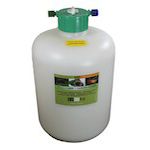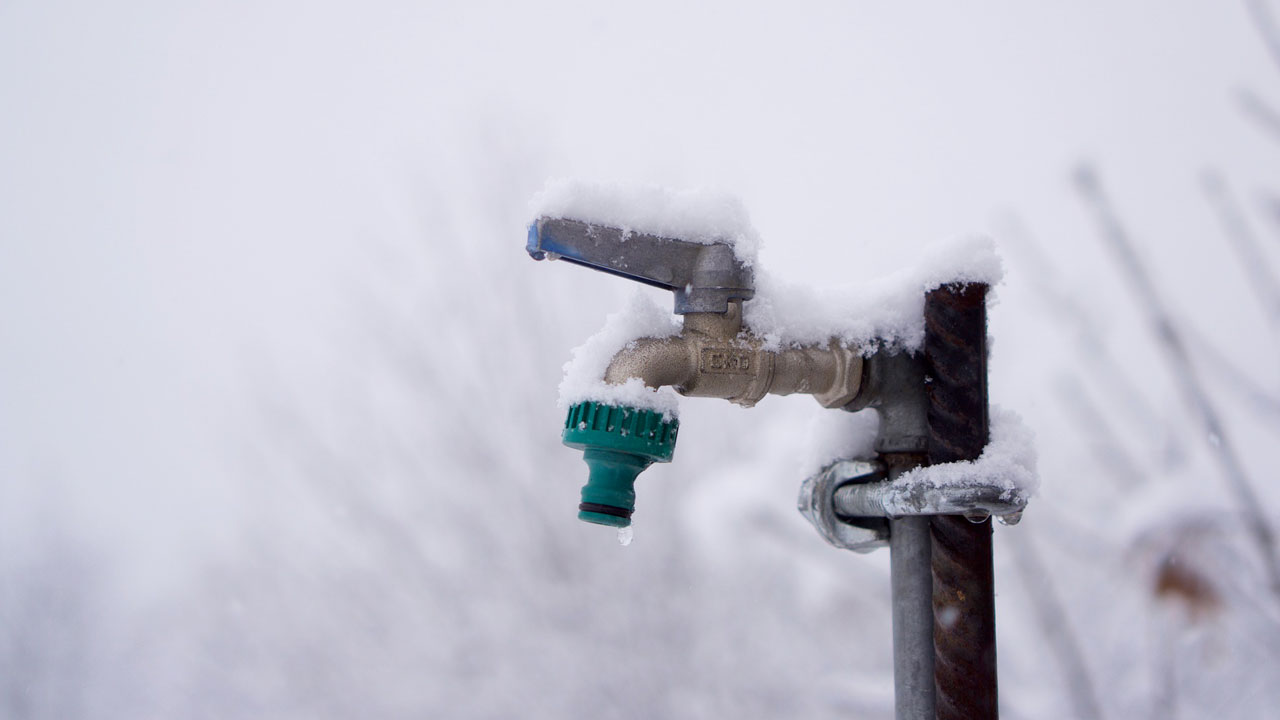Winterizing Your Drip Irrigation System 2015
Oct 15th 2015
While much of the northern portion of United States is battening down the hatches for winter, there are areas of the country where gardening throughout the winter is feasible. More than half of DripWorks’ customers live in USDA zones 8 and 9, an area that stretches from the west coast down through the southwest and the southern states. Here, when certain measures are taken, fall and winter gardening is possible.
However, if you’re not among those living in a more temperate zone, there are a few steps necessary to winterize your drip irrigation system and insure it’s ready for the coming growing season.
In all, 15 minutes to an hour should be enough time to complete the task and get you back inside where it’s warm and cozy.
In the garden, chard, kale, carrots, spinach, onions, and garlic do well with a light layer of straw mulch. Combined with the straw mulch, a row cover fabric, such as Agribon, will protect these crops from a severe frost and even act to speed the germination process. While you’re at it, consider planting a hardy cover crop of buckwheat to provide essential food for our pollinating friends, the bees.
Turn off your spigot

This might seem like common sense but sometimes we forget these things.
Turn off your timer/controller

Drain out any water, remove the batteries, and store indoors. Use these batteries for some other purpose and install fresh ones next year.
Disconnect your filter

Drain out any water and open it up to check the condition of your screen or discs. You don’t want any unwelcome surprises come Spring so now’s the time to replace them if need be.
Disconnect your pressure regulator

Drain out any water and pack it away for the winter. That’s it!
Open manual and electric valves

If your valves are not installed in a valve box, wrap them in insulation or plastic bags. Empty any manifold parts connected to the valves.
Disconnect fertilizer injectors

Drain out any water in the reservoir, cap, and connecting lines and store the unit away for the winter.
Disconnect any hose splitters or hose”Y”s

Water trapped behind the valves in these fixtures will freeze, expand, and break even the heavy duty brass types. Store indoors until Spring.
Drain all tubing

Open any end caps empty out all standing water. You can automate this step by simply installing drain valves at the ends of your lines. When the pressure drops below an established threshold (usually 2-3 PSI) the valves will automatically open and drain out your lines.
Install a hose plug

Capping the exposed head of your mainline will prevent unwanted critters from crawling inside and setting up house for the winter. Cheap insurance that only takes a few moments to install.
Lubricate all seals

Gaskets, O-rings, and washers tend to dry out, crack, and leak over time and exposure to extreme temperature changes. Your timer, filter, pressure regulator, fertilizer injector, valves and hose connections all have these seals. A drop of lubricant will keep them soft and pliable, reduce the chances of accidental leakage, and extend the life of your investment.
Another step to consider is blowing out the lines with an air compressor. Just be aware that connecting the compressor to the system can require some fiddling around and, as always when working with compressed air, approved safety glasses are a must.
Well now you’re ready for the cold weather. Might as well kick back in your favorite chair and do nothing until spring, right? Sure.
For your convenience, we’ve included a winterization checklist. For more information on these products and how to use them, visit the DripWorks Winterization page.

